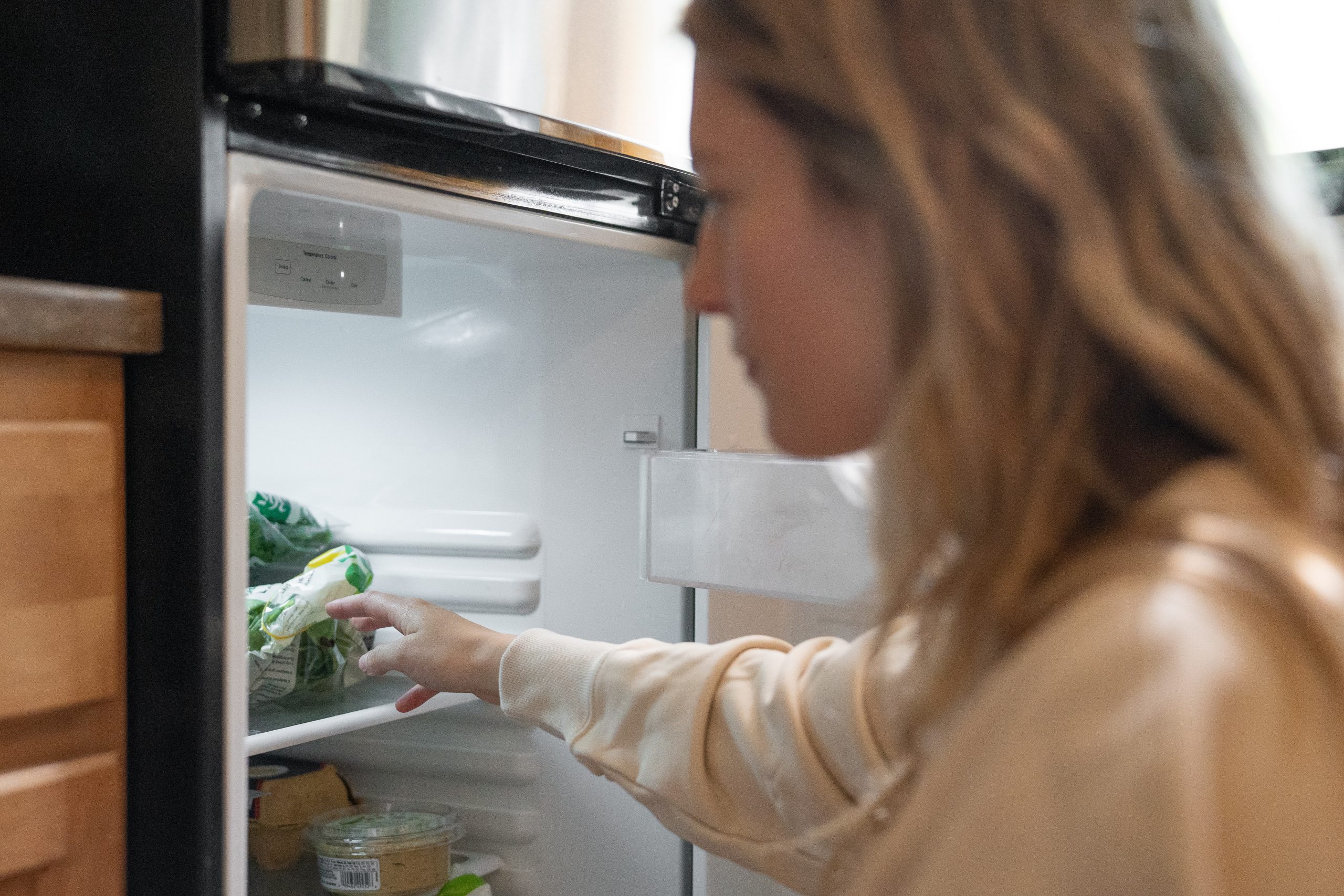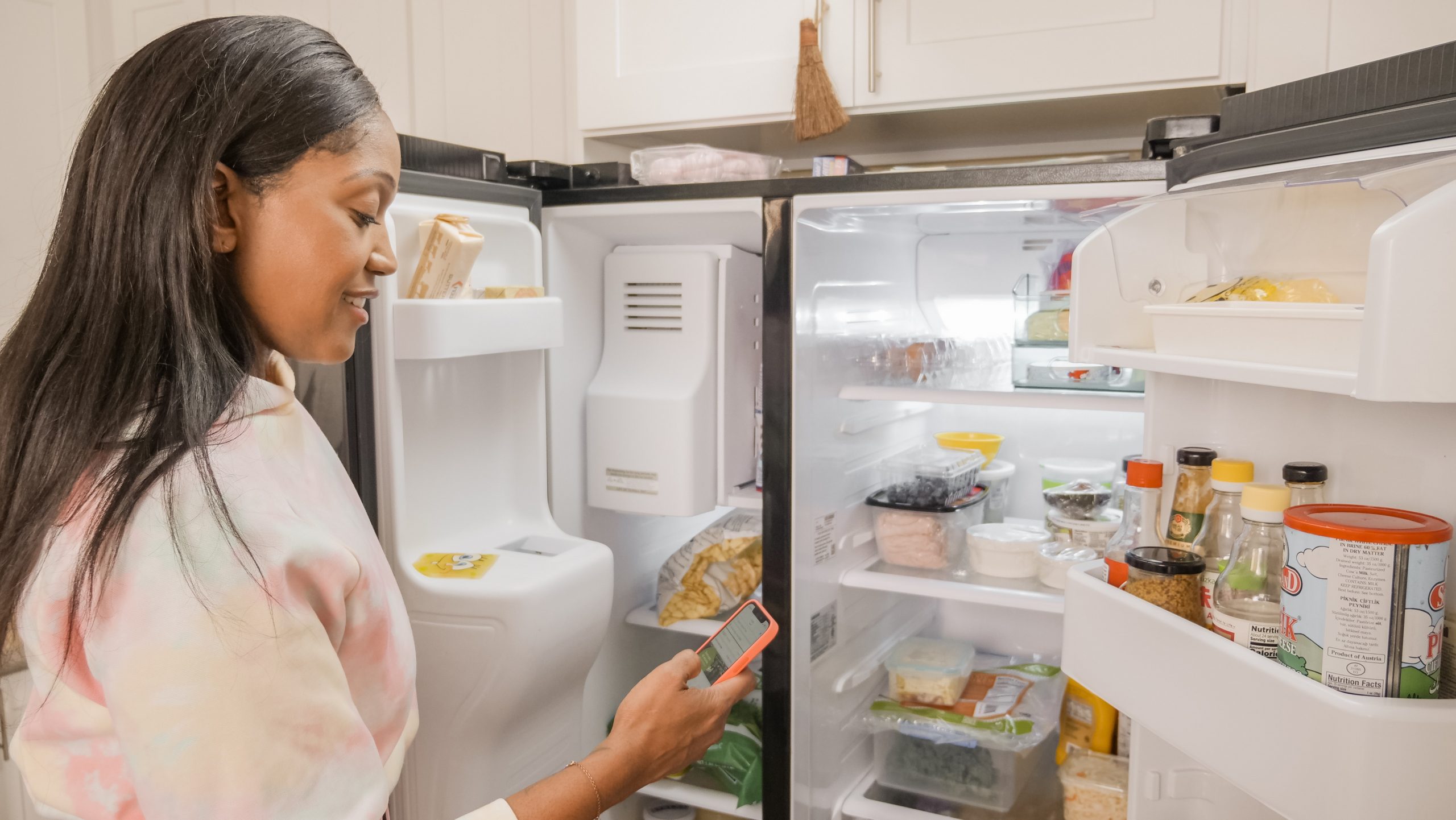You’re not alone if you’re wondering how long cooked food lasts in the fridge. The answer isn’t as straightforward as putting it in the fridge and leaving it there. Foods that have been left out on the counter for too long can harbor bacteria that can cause health problems. When possible, transfer leftovers to the fridge while they’re still warm. You can also cover leftovers with plastic wrap or a microwave-safe lid.
In the refrigerator, leftovers can be stored for three to four days. After then, there is a higher chance of food poisoning. Freeze leftovers as soon as possible if you don’t think you’ll be able to consume them within four days. Leftovers that have been frozen will keep for a long time. But if you eat them within 3 to 4 months, they typically taste better.

How Long does Cooked Food Last in the Fridge?
The pH value of cooked foods determines how long they can be stored in the refrigerator without spoiling. Foods with lower pH levels tend to last longer, but not indefinitely. This is because they are less likely to harbor harmful bacteria.
The pH level of food affects microbial growth. Foods with very high pH levels are not good choices since they will encourage the growth of harmful microorganisms. In addition, food that has high pH levels should be discarded as soon as it shows signs of spoilage.
Cooked food that has been refrigerated should be eaten within three days or frozen within 24 hours if you are pregnant, elderly, or have a compromised immune system.
That is Lydia Buchtmann’s recommendation from the Food Safety Information Council.
The cause is the slow growth of food-poisoning germs when your food is stored in the refrigerator.
Listeria infections can be particularly dangerous for expectant mothers and those with compromised immune systems, so it is urged that they exercise greater caution.
If you have food in the fridge for a few days that you don’t want to throw out, freezing it will prevent bacteria from forming.
How to Determine Whether Cooked Food is Spoiled?
You should examine your food by smelling it and looking for signs of spoilage.
First, check for any changes in texture or mold appearance, which can be white, green, orange-red, pink, or black fuzz, among other colors. This suggests that the food should be thrown out because it has gone bad.
If you see mold, avoid inhaling the smell because doing so could harm your lungs.
Foods like deli meats should be thrown out if a slimy film forms on them.
Toss your leftovers right away and, if you can, spit out everything you haven’t already swallowed if you take a bite and notice the flavor is odd in some way.
Follow the advice above, but remember that food can spoil even before you can tell by looking at it or smelling it.
What is the Correct Method of Storing Food?
Between 40°F (4°C) and 140°F (60°C), bacteria are most active. The term “danger zone” refers to this temperature range.
Refrigerate or freeze leftovers within two hours to keep food out of the danger zone. If it’s over 90°F (32°C) outside, you should cool down or freeze your food and drink within an hour.
Hot foods should be kept in smaller, shallower, airtight containers. Foods will cool faster and more evenly as a result.
While most bacteria are slowed in their growth by refrigeration, it’s important to remember that some bacteria, like Listeria monocytogenes, can still multiply in cold temperatures.
Your leftovers should not be eaten if they smell bad. Food may no longer be safe or enjoyable if it has become discolored.
This makes it crucial to remember how long you’ve kept a certain item in your refrigerator. It could be useful to identify your food with the date and time you originally cooked the dish and the date it needs to be thrown out when you store it.
Another helpful hint is to think about the arrangement of the things in your refrigerator.
Raw goods and prepared foods should both be kept on the top shelf. Store raw meats at the bottom of the refrigerator in the interim. By doing this, uncooked meat or poultry won’t spill juices that can contaminate your leftovers.
Foods should be heated again to at least 165°F (74°C) to remove them from the danger zone. It is advisable to reheat gravies and sauces.
What Happens if you Consistently Eat Leftover Cooked Food?
The following are some negative effects of consistently consuming unhealthy foods:
One of the most pervasive and obvious effects of poor food is an increase in obesity among people. Since unhealthy food is abundant in calories, carbohydrates, and fats, it plays a significant role in weight growth. Additionally, obesity is the starting point for illnesses, including diabetes, joint pain, and many heart issues.
Memory and Learning Issues: Consuming excessive sugar and fat hinders the brain’s ability to learn and establish memories. This behavior is especially prevalent while children grow and learn at their highest levels.
This concept was further supported by a study published in the American Journal of Clinical Nutrition which indicated that eating junk food had a detrimental impact on cognitive test outcomes.
There were indications of an unexpected inflammation in the hippocampus, a brain region regulating memory and identification.
Loss of Appetite and Digestion: One of the drawbacks of junk food is overeating. They may eat more than they should because of the swings in their blood sugar levels. As a result, the brain becomes more ravenous than usual. These foods are also challenging to digest, intensifying the harmful effects of junk food consumption.
Overindulging in unhealthy foods modifies the chemical composition of your brain, which can have a mental impact and cause depression. Additionally, it throws off the body’s hormonal balance, which makes people crave junk food more. As a result, your body gets more dependent on these bad foods, increasing your desire for them. People have withdrawal symptoms that are comparable to those of addiction, which can be depressing.
Inadequate Growth and Development: A healthy body needs essential nutrients for growth and development. While the detrimental effects of junk food are clear, it provides only minimal nutrition. These bad behaviors and inadequate nutrition are detrimental to the brain and other body parts. Health professionals advise against consuming processed foods in excess since they may have long-term effects.
How can I Safety Reheat Food?
Warm up leftovers until they reach a temperature of 165 degrees Fahrenheit inside (74 degrees Celsius). To ensure that the food heats uniformly when reheating, stir the food because of the potential for bacterial development caused by the slow temperature rise; slow cookers are not advised for reheating leftovers.
Before cooking, frozen leftovers should be thawed. Do not let frozen leftovers thaw on the counter.
There are three safe ways to defrost frozen food. It can be thawed in the microwave, refrigerator, or cold water in a leak-proof container.
What are the Different Ways to Reuse Leftover Cooked Food?
Squash, broccoli, cauliflower, red peppers, and other leftover veggies can be frozen and later made into a pureed soup.
Roasted veggies are delicious complements to omelets, whether for breakfast, brunch, lunch, or dinner, such as peppers, mushrooms, and asparagus.
Blend leftover cake, dessert squares, cookies, or even pecan pie with cream cheese, Nutella, or peanut butter to make rum balls. (Drinks are optional.) Form into spheres and coat with sprinkles, chopped nuts, or cookie crumbs. They should be placed in a plastic container between layers of waxed paper and frozen. You’re all set. You’ve just finished making part of your holiday baking!
Leftover fowl carcasses make excellent stock for soups, gravies, and other dishes that call for chicken stock. Small to medium-sized soup stock can be frozen and used as needed.
Sliced or cubed leftover cooked pork, chicken, or steak can be added to a stir-fry.
To make a wonderful seafood chowder, you may make fish stock from fish heads, skin, and bones.
For a delicious sandwich or tortilla wrap filling, slice up leftover cooked chicken and combine it with mayo, curry powder, salt, pepper, onions, celery, chopped walnuts, and raisins.
On Mondays and for lunch, leftovers of vegetables, cheeses, and meats were most frequently chosen. Regression analyses identify important dining trends regarding leftovers, including data showing that larger meals resulted in more food that was left unfinished and that leftovers were less likely to be entirely consumed than non-leftover products. This shows that decreasing the amount of food that is made into leftovers in the first place can reduce food waste more effectively than other methods. It may be possible to reduce food waste by finding ways to make leftovers more enticing and tasty.
Conclusion
When storing leftovers, it’s important to keep them refrigerated or in the freezer. These two storage methods help keep leftovers fresh for several days and prevent bacteria from growing. Covering your leftovers with plastic wrap or airtight containers will also prevent odors and bacteria. Microwaves tend to cook food unevenly, and it’s important to use a thermometer to check the internal temperature. If you don’t have a thermometer, you can use a digital food thermometer to ensure your food is cooked evenly and thoroughly.
When covering leftovers with plastic wrap or plastic film, ensure that the plastic is not too tight. You can cover food with plastic wrap and microwave it for up to 20 minutes at low power, but ensure an air gap between the plastic and the food.
